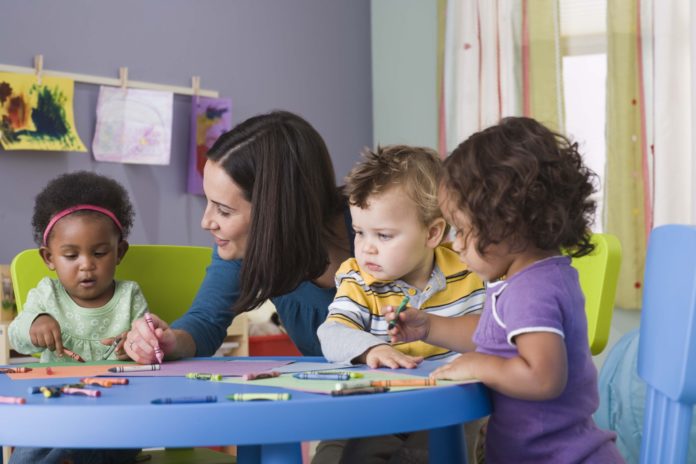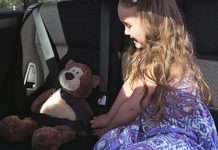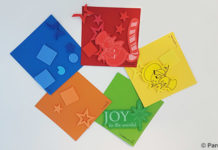Age
For 2-8 year olds.
Duration of activity
This activity can last for up to an hour.
Materials/equipment
- Dress up game template
- Paper
- Old wrapping paper or glossy magazines
- Colouring pens/pencils/crayons
- Glue
Cost
The cost of this activity should be minimal as most of these materials you would already have at home.
Preparation
- Print out the dress up game template.
- Cut out outfit shapes.
- Lay outfits over old wrapping paper and cut around the template. You can put several layers of different coloured used wrapping paper on top of each other so that you cut out several hats or dresses at once. (Older children should do this preparation step themselves as part of the activity.)
What to do
- Tell your child to draw a face for their person.
- Then ask them choose what they would like their person to wear and stick them on the page.
Tips
- Younger children may only have the attention span and motor skills to draw main body features. But for older children, ask them to draw the entire outline of the body to the correct scale to match the clothes and draw the finer details of the body parts including fingers, eyebrows, elbows etc.
- To improve your child’s literacy and awareness of themselves and the people around them, talk about every body part as your child draws them and then discuss the clothes they have made and the people around them that might wear clothes like this. Ask them about their preferences and feelings.
- Clothes and body parts come in many shapes, sizes, patterns and colours. Talk to young children about these and you’ll also be helping them develop early mathematical skills.
- If you speak a second language, repeat the process of dressing and discussing body, colours etc in that second language.
- Give older children larger pieces of paper and ask them to draw a street with people walking on it and working in shops, in cars etc.
Safety
- Child-safe scissors should be used and supervised for younger children.
- Monitor that younger children do not eat the glue.
Educational outcomes
Fine motor skills
Both the cutting and drawing involved in this activity are great ways to develop your child’s fine motor skills. They will practice and improve their ability to grip scissors and pencils, improve their hand eye coordination and develop strength in the muscles that allow them to manipulate objects using their hands.
Mathematical skills
Talking about the shape, size, colour and pattern of clothes and body parts will help your child develop early mathematical skills. For example, they will learn about the measurement by discussing the relative size of different body parts or clothes, patterns by discussing the similarities and differences between them and shapes by discussing the shape of the clothes and body parts.
Language skills
As you talk to your child about the clothes and body parts they draw and cut in this activity, you’ll also be developing their language skills. For example, you will be teaching them new words, giving them practice listening to questions and answering them and showing them how words and gestures are used together to communicate (such as when you point at something and ask a question).
Social and emotional development
Social and emotional development is an important part of growing up. Talking about the body parts and clothes as you do this activity with your child will enhance their awareness of themselves (their preferences and feelings) and the people around them. It will also help them develop emotionally, by helping them develop skills like persistence, problem solving, curiosity and creativity.
Reference
- Virginia Early Childhood Development Alignment Program. Milestones of child development: A guide to young children’s learning and development from birth to kindergarten. 2009. (cited 26 July 2013). URL link



 (11 votes, average: 4.64 out of 5)
(11 votes, average: 4.64 out of 5) 






